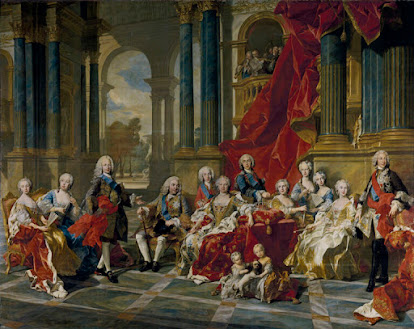Modern Japan and Their Art

MODERN JAPANESE ART Nihonga, what is that? It is modern and contemporary Japanese Painting. It may sound broad, but it has some specific characteristics to it. It "incorporates ink, and/or pigment, gold and silver leaf on washi (Japanese paper) or eginu (silk)." (Bruval) This style of art within the Chinese culture has persisted since the 8th century. Starting out as a Chinese style, it then Japan endorsed it as it defined Japanese paintings and art for a long time. Similarly, Nihonga was a response to the change of Japanese society during the Meiji Period . This allowed a push towards modernity throughout society. The artists continued to keep the heritage of classical Japanese painting but wanted to create momentum for "global exposure and artistic influence." (Art Story) This style remains to be a supreme and dignified art movement. Autumn Leaves by Yokoyama Taiken. 1931. Ja...




